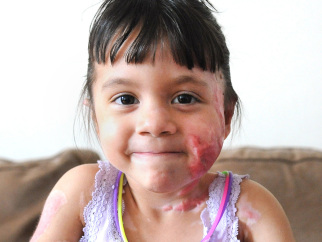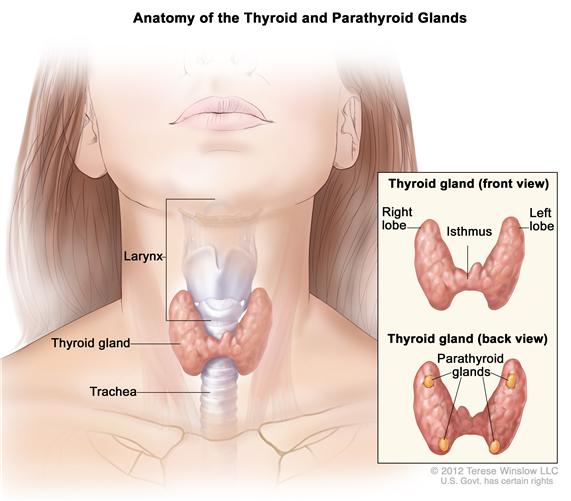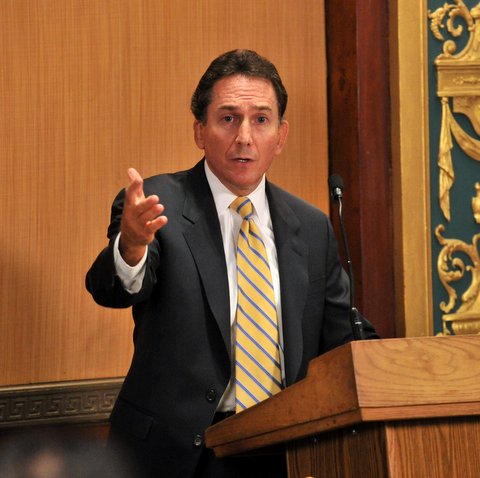Product Liability: FDA approves new boxed warning and new recommendations to decrease risk of hepatitis B reactivation with the immune-suppressing and anti-cancer drugs Arzerra (ofatumumab) and Rituxan (rituximab)
Cases of hepatitis B reactivation leading to serious personal injury and death after cancer patients have been prescribed Arzerra (ofatumumab) and Rituxan (rituximab) are still occurring even though the risk of HBV reactivation is already described in the Warnings and Precautions section of the labels for both drugs. For this reason the FDA has recently approved changes to the prescribing information of these two drugs.The revised labels also will include additional recommendations for screening, monitoring, and managing patients on these drugs to decrease this risk.
Go to the FDA website to learn more and listen to a podcast on this subject.
 New York Personal Injury Attorneys Blog
New York Personal Injury Attorneys Blog


 Our partner, New York Personal Injury Lawyer
Our partner, New York Personal Injury Lawyer 
 Thyroid cancer may be over diagnosed and over treated and many patients may have been exposed to unnecessary treatment and dangerous procedures according to a new study lead by Juan Pablo Brito, M.B.B.S. an endocrine fellow and health care delivery scholar at
Thyroid cancer may be over diagnosed and over treated and many patients may have been exposed to unnecessary treatment and dangerous procedures according to a new study lead by Juan Pablo Brito, M.B.B.S. an endocrine fellow and health care delivery scholar at 
 In their Trial Advocacy column, New York Personal Injury Attorney
In their Trial Advocacy column, New York Personal Injury Attorney 